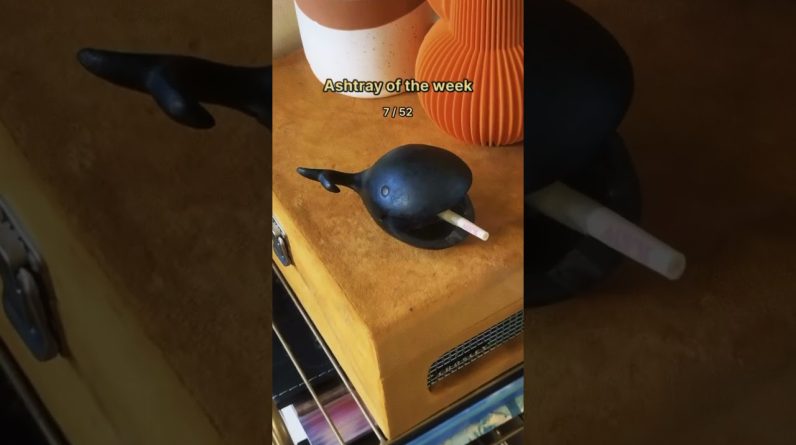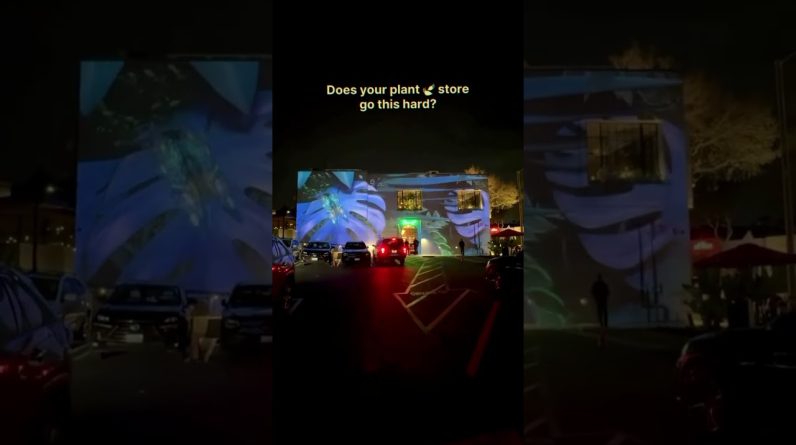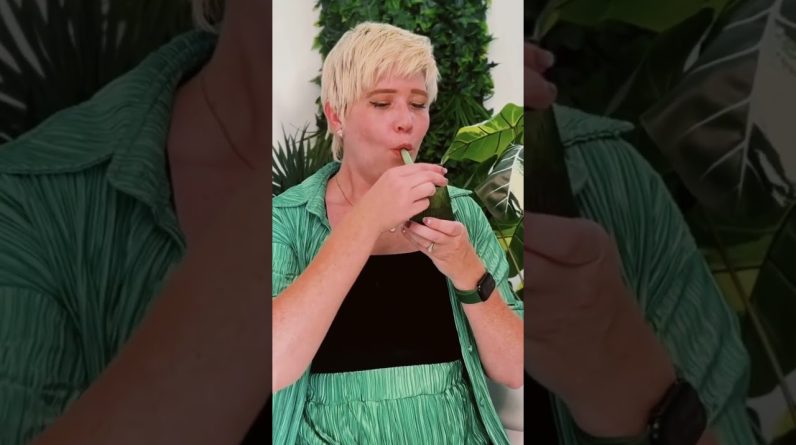There’s something embedded in our brains from a time before, something instinctual, that urges us to collect. We can likely trace this all the way back to hominids, who would collect fruit or seeds and hide them for a hungry day. As time has continued and we have evolved into homosapiens, the things we save have vastly expanded from just seeds hidden in the hole of a tree.
Along that path of evolving (about 16,000 years ago) we started domesticating things. Domestication in short is the act of collecting similar plants or animals, then breeding them to present the desired characteristics of the collective into one. Some of the first things we domesticated were dogs, goats, wheat, and barley. Flash forward to the present, the need to domesticate has waned, but that desire to collect has flourished. Most people today collect something. From computer files, literature, images, plants, glass, or art, it could be as innocuous as a jar of rocks, or maybe it’s as in your face as a greenhouse full of different varieties of one type of plant.
My Own Experience
I have always had an infatuation with plants, I remember as a kid planting and growing birdseed, just to see what would grow. After high school I went to culinary school in Northern California, and this was my first real introduction to foods produced on a small farm. I grew up in Southern California, so the thought of a commercial farm that grew fruits and veggies you won’t find in stores was a foreign concept, but one I welcomed. This inspired me to try and grow all those cool things that I had never known about. As someone that partakes in cannabis, you know I had to grow some of that as well.
About eight years ago a friend of a friend was moving and couldn’t take a cacti graft with him. Knowing that I had both Peruvian and Bolivian torch, he asked me if I wanted it. I obliged, and I received a pot with a San Pedro root base and a round cacti slightly larger than a golf ball with a little one coming out the side attached to that. It lived on my porch for about a year while the main graft got bigger, and so did the little guy on the side. One day I went to the Orange hardware store, and they had a row of San Pedro in a variety of sizes, and I knew what I needed to do. Later that day I tried my first graft. With the help of a search engine I found some basic videos and gave it a shot. Low and behold, it worked. Every time a new one was big enough, it got grafted. Eventually I traded grafts, and the variety grew. Unconventional grafts are a favorite lately. (An unconventional graft is one that has multiple cacti grafted to one rootstock.)
Plants are a special thing to collect, as they’re not just items – they’re silent living beings, something not for everyone.
I am not throwing shade here, today it takes different strokes to move the world. About a hundred years ago almost everyone had to interact with plants or animals, because that was your food. In today’s day and age you can be a computer programmer that only drinks meal replacements. This person might go years without interacting with, or consuming, an unprocessed plant, and that’s fine… I guess. Don’t get me wrong, I would love for everyone to have a relationship with plants. Just as I’ll bet that the programmer mentioned above would love for everyone to have a relationship with programming.
But I feel plants truly reciprocate the energy you give them. Now when I say energy I mean any amount of care that you give them; watering, fertigating, culling. That’s energy you’re giving – or spending – on these living things. What you receive in return are larger, more robust plants, some with flowers, and almost always bearing some sort of bounty, be it fruit, roots, or seeds.

Cacti are en Vogue
Everyone that’s into plants has different plants that interest them for different reasons. Lately cacti have been gaining popularity, especially in the cannabis culture, as people like lotcomedy and Hamilton Morris are influential, and regularly sharing information about their plant addictions. While this is helping to popularize this ‘hobby’ with the next generation, the act itself is an age old practice.
Outside of succulents, Dragonfruit is one of the most popular of the cacti. Native to Central America and some surrounding areas, it was introduced to Vietnam in the 1800’s by the French. It’s easy to grow, develops fast, and the blooms are always large and vibrant. Obviously, the fruit is amazing, which is why the cacti bears the fruit’s name.
A close second is the Trichocereus cacti. They have a similar bloom to the Dragonfruit, but the Alkaloids they contain make them valuable to the shamanic world. To be clear, it is completely legal to grow any type of trichocereus. The line in the sand of legality is when you harvest and process it to consume. For about 8,000 years shamans in South America have processed a piece of San Pedro or Peruvian Torch into a tea to extract the mescaline. This tea is given to a group of people with ailments from depression to alcoholism, under the supervision of the shaman.
The Most Infamous Cacti
There’s one specific spineless cacti that is just too neat to consume that has really made a resurgence, as a houseplant. It’s name rhymes with keyote, and I’m sure you could figure it out. It’s a slow, deliberate plant that is never in a rush. One that almost forces you to slow down with them. Interestingly, it’s regarded the same as cannabis in the eyes of federal law (it’s a Schedule 1), but for some people, that’s part of the allure and fun. One of the coolest parts of this particular cacti is that the flower’s stamen moves when touched. It’s a reaction called thigmonasty and it only happens in a few plants. These cacti are getting so popular they have been seen for sale at farmers markets and in sponsored advertisements on platforms like Instagram. They look very similar to Astrophytum (a fully legal cacti), however you want to play that to your advantage.
The Joy of Plants
One thing that really does it for me is that blooms are always fleeting. You can’t pick them, nor do they last a week like they do with Dahlias. Each variety of cacti has different blooms, and they vary widely. Some are pure white and the size of a dime, others are a vibrant fuchsia, and the size of a funnel. A few only open at night.
The economic adage “a rising tide lifts all boats” somewhat applies here. I have watched this play out multiple ways. Usually you get a plant you think is neat, but then you see a variegation (variation of color), or a crested (abnormal growth) graft. Maybe it’s a rare type, or wild. You say to yourself “I need one of those.” Since you are already caring for one, what’s a few more? Some people, like me, end up getting more than a few.
Just like any living thing, it isn’t rainbows and unicorns all the time. Cacti get sick, and they die too. However, if you “listen to the plants,” like lotcomedy has coined, and have access to a search engine, you can troubleshoot most issues.
In the end, we need the oxygen plants produce, and they need the CO2 we exhaust. We eat plants, and the animals we consume eat plants, but they also absolutely consume our decomposed matter, so who is really farming who here? It’s a chicken or the egg paradox, but maybe they’re really farming us.
For further reading, I recommend checking out this Psychable article.
The post On Collecting, and Cacti appeared first on High Times.
Source: https://cannabisworld.biz/2022/09/02/on-collecting-and-cacti/





